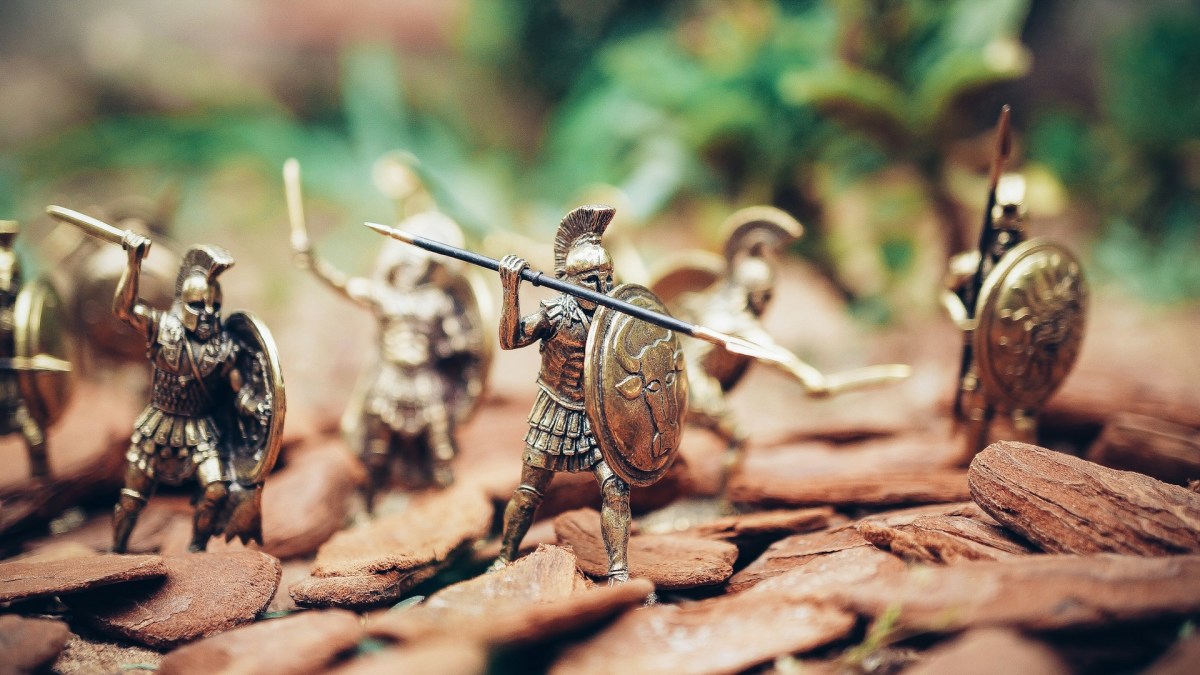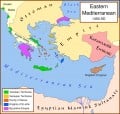Conflict & Wars Around the Globe - The Final Fall of the Roman Empire.
Strength of the Roman Army

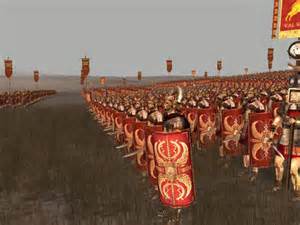
Creating a place of safety
A continuing cycle of barbaric conflicts and wars.
Are wars and conflicts the legacy we should be leaving our children? Is is really OK to promote wars in the name of greed? Can man ever break this cycle of violence?
Is this to be the greatest legacy of man? It seems by our history that it surely will be.
As wars progressed and escalated throughout the "civilized" regions of the globe, so did the need to create greater places of safety from the external onslaught of attacks by stronger powers seeking to rob, steal and pilfer what smaller communities have created to sustain themselves.
These onslaughts were not for need, but for power and greed.
- {Perhaps the titles of these tales of our history of conflicts and wars should read: ''Conflicts & Wars for (selfish) power and greed around the Globe"?}
The map insert below shows ( by the first century AD ) the extent of the Roman Empire and the many towns in which their legions were garrisoned.
As with all Imperial Powers, The Roman Empire faced the daunting task of securing their stolen territories and safe guarding their trade routes.
Their legions numbered only 160,000 (+/-) and had to be sparsely distributed. In order to maintain their "control", they had no choice but to create "friendly alliances" with the local communities throughout their realm.
Their power over these "friendly allies" could only be successful if they maintained their military strength to re-enforce their 'allies' stance against potential local aggressors.
More than manpower itself, Rome relied on the deterrent of its established past military reputation.
To protect themselves against their aggressors, early human communities quickly learned that the more easily accessible their communities were, the greater the probability was of being attacked.
Several forms of protective defenses arose from this necessity.
- The elevated location. From the summit of a hill, either natural or man made, lookouts could easily spot invaders and place themselves in an advantageous position to defend themselves. The downside being lack of water supplies, and the risk of being surrounded and isolated from supplies being brought in to sustain themselves.
- Building communities on mountain tops also had the same advantages and disadvantages.
- Building solid rock/stone walls with higher projecting towers at equally spaced intervals provided better visibility and allowing defenders the ability to crossfire on attackers.
Yellow portion depicts the full Roman Empire at its peak
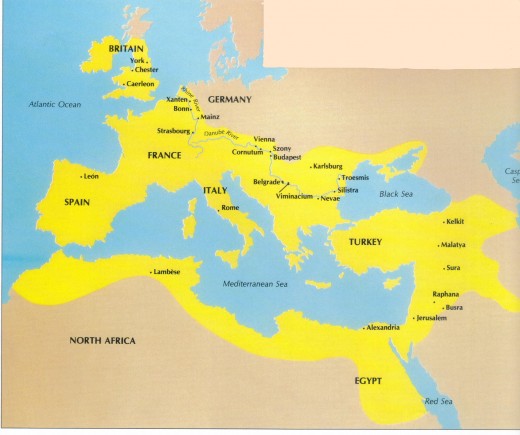
The final fall of the Roman Empire
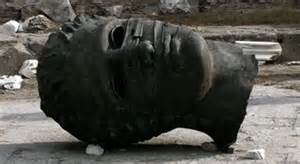
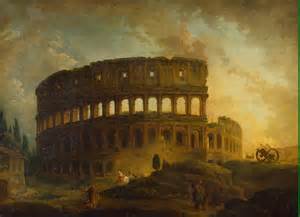
The final fall of the Roman Empire
The greatest threat to the Roman Empire actually came from within its own borders from those disgruntled communities that were overthrown by the Empire. The military was made up mainly of volunteers. When these volunteers were eventually replaced by permanent full time paid professionals it awarded greater loyalty and security in general.
The Roman Empire's prosperity acted as a magnet to other outside barbarian tribes who increasingly pushed against its borders.
In 293 AD the Roman Empire was divided into 2 parts for greater control by the emperors:
- The east, which was ruled from Nicomedia in Asia Minor.
- The west, which was ruled by a co-Emperor in Milan.
In the 370s AD, the Huns, from central Asia, started moving west in search of fresh pastures for their sheep, goats and horses.
In 378 AD, when a Roman army was sent out to confront the Huns, the battle soon became a slaughter. The Emperor, Valens, was killed along with 40,000 (+/-) of his army. The Romans had not suffered such a shattering defeat, since Cannae, 600 years earlier. The invaders continued moving into the western half of the Roman Empire and it was finally defeated in 476. The eastern half of the Roman Empire endured for another 1,000 years before the final defeat of the mighty Roman Empire. (see attached video for more details on this)
Soldiers emotional stress of war.

The lessons not learned
Lessons to be learned were not heeded by future generations.
In fact things escalated to even greater heights.
There were no more truly 'secure' fortifications per se; as their weapons became more deadly and destructive....and still, no lessons were learned.
All of the mighty empires of the past have fallen, and so will the same destiny befall those of the future, and for the same reasons.
It is said that insanity is: doing the same thing over and over and expecting different outcomes each time.
Today with weapons available for massive destruction there is no place left on earth to hide in safety.
So, we rely solely on the basic "civilized" intelligence to not use these weapons of mass destruction.
What naivety! Or stupidity! With the continuation of the growth of lust for power and the unfettered need for selfish greed, it is obviously inevitable, and just a matter of time before humanity destroys itself.
A conclusion undisputed by the historical procession of fact. A conclusion that one can correlate today's problems with those of the Roman Empire as it declined and fell.
And still, no lessons have been learned.
by: d.william 07/20/2011
- The Rise And Fall Of The Roman Empire vs. United States Are We Parallel
What are the similarities and differences between the rise and fall of Rome Empire in 365 A.D. and the United States in the 21st Century? First lets ask ourselves, are Americans the new Romans? There are... - Conflict & Wars Around the Globe - Part three.
THE GREATEST LEGACY OF MAN? A continuing cycle of barbaric conflicts and wars. The profound effects of weapons on conflicts and wars: As wars & conflicts continued to escalate throughout history the... - Conflicts & Wars Around the Globe - Part two
The Roman standard bearer and infantryman, shown in a detail from a relief, represents the fundamental and most enduring component of all armies until the fall of the Roman Empire - the common foot soldier,... - Conflicts & Wars Around the Globe - Part One.
THE GREATEST LEGACY OF MAN? A Continuing cycle of barbaric conflicts & wars. Conflict was not always the way of humanity. The small clans of nomadic hunter - gatherers that roamed the earth during the...


